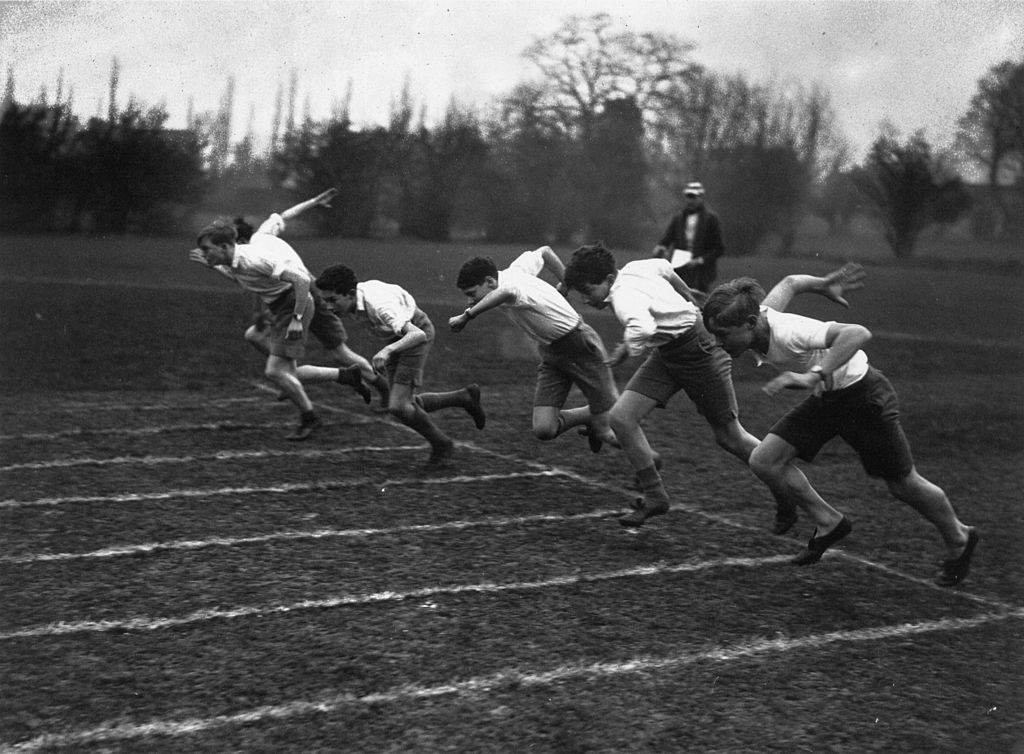First Charterhouse, then Winchester – now Westminster. In the past two years alone, three of Britain’s most famous schools have recently turned, or are planning to turn, fully co-educational. How many more boys’ schools will follow?
One popular argument for the change is, as ever, that girls will be a ‘civilising influence’ upon teenage boys – especially in the light of the sexism exposed by the ‘Everyone’s Invited’ scandals. The more that teenage boys learn to study with girls and respect them, the less likely it is such scandals will be repeated.
I taught at two traditional schools which turned co-educational in the 1990s, Uppingham and Cranleigh. Then, it was usually a shortage of numbers which triggered the move to take girls. In the 1990s and 2000s, numbers were in sharp decline at traditional boarding schools, so it made sense, economically as well as culturally, not to exclude half the potential market.
What’s clear, as Westminster suggests on its website, is that all-boys schools don’t suit the zeitgeist any longer
But now it’s different.

Britain’s best politics newsletters
You get two free articles each week when you sign up to The Spectator’s emails.
Already a subscriber? Log in







Comments
Join the debate for just £1 a month
Be part of the conversation with other Spectator readers by getting your first three months for £3.
UNLOCK ACCESS Just £1 a monthAlready a subscriber? Log in